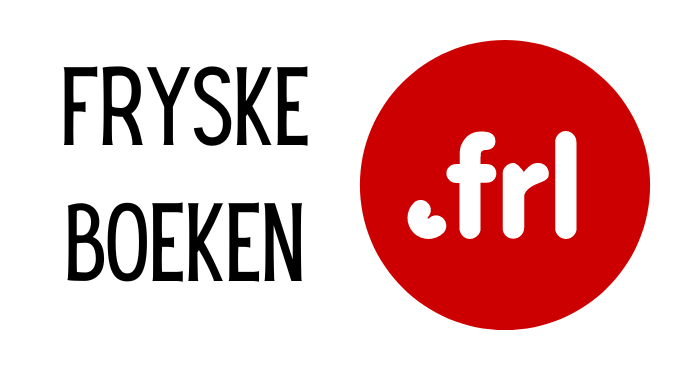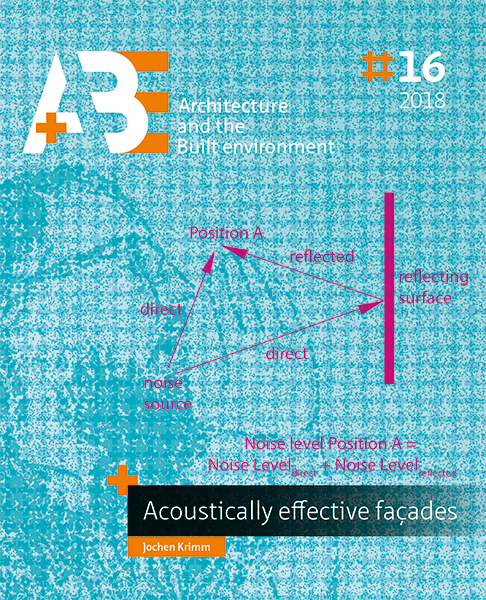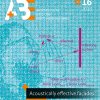Acoustically effective façades design
€ 29,95
Krimm, Jochen | Paperback / softback | 16-07-2018 | 9789463660525 |
Levertijd 5 dagen
The silhouettes of the great European metropolises are characterised by a high density of high-rise facades made of glass, me…
Krimm, Jochen | Paperback / softback | 16-07-2018 | 9789463660525 |
Levertijd 5 dagen
The silhouettes of the great European metropolises are characterised by a high density of high-rise facades made of glass, metal or stone. On one hand this density stands for economic power and good employment values. On the other hand, the large sound-reflecting surfaces in the cities are responsible for an increase in sound pollution in their vicinity. They cause the most frequent inner-city sound source, traffic noise, to double in perceived intensity. Direct sound and reflected sound add up in the urban environment. This effect of sound level increase through reflection has been subject of acoustic research for some time. In architecture, however, the topic of noise reflection has been completely neglected. But it is exactly these concentration processes in the continuously growing metropolises that make architects face problems that they cannot solve with their own tools alone. For example, placing bedrooms in the quiet part of a building is only possible if there are quiet areas. But highly concentrated areas as a result of creating additional living space are often surrounded by 4 or more sound sources. Hereby, the noise originating from air traffic further aggravates the situation because this type of noise generally impacts the urban space from above. These developments require us to discuss the topic of the reflective properties of facades within the disciplines acoustics and architecture. The fundamental question was:
Is it possible to develop a design strategy that can be employed by architecture firms, and that enables them to develop facades for a quieter city in challenging urban situations?
| Gewicht | 0,498 kg |
|---|---|
| Afmetingen | 23,5 × 19 × 1,5 cm |
| Taal | Nederlands |
| Uitvoering | Paperback / softback |
| Auteur | Krimm, Jochen |
| Verschijningsjaar | 2018 |
| ISBN | 9789463660525 |
| Leverdagen | 5 |





